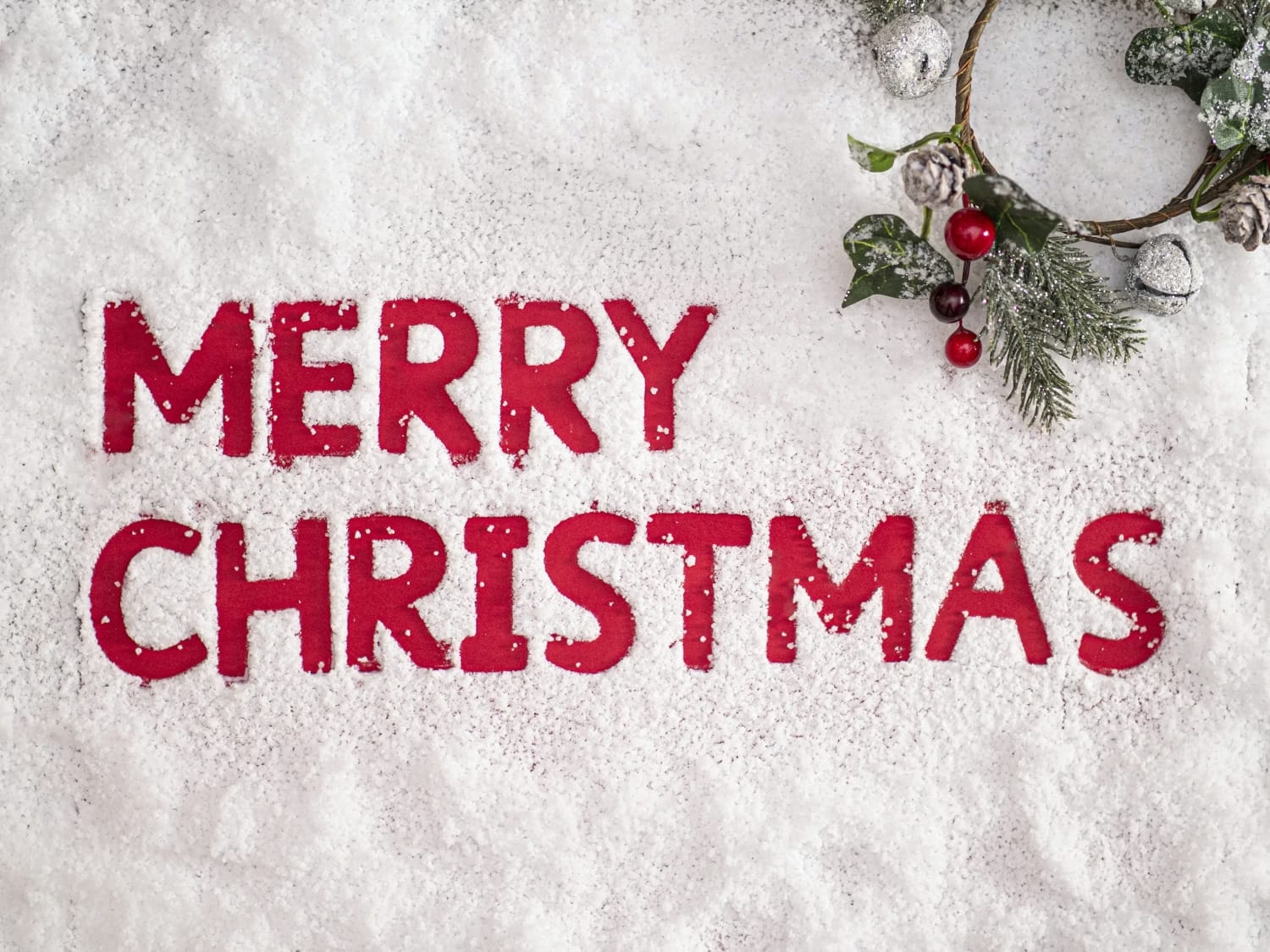Table of Contents
Toggle10 Fascinating Facts About Christmas
It is one of the most widely celebrated holidays around the world, cherished by millions regardless of religious beliefs, traditions, or cultures. While it is a time of celebration, it also carries deep historical and cultural significance. The holiday is a mix of religious customs, cultural traditions, and secular festivities, making it a unique celebration for people worldwide. Here are 10 interesting facts about Christmas that highlight its evolution and significance.

1. The Origin of Christmas Date It is celebrated on December 25th, but the exact birthdate of Jesus Christ is unknown. In fact, scholars believe that the choice of December 25th was not based on historical records but rather on a strategic decision made by early Christians. The date likely coincided with the Roman festival of Sol Invictus (the Unconquered Sun), which celebrated the rebirth of the sun after the winter solstice. Early Christian leaders might have selected this date to help Christianize pagan celebrations that took place around the same time, blending the old and new traditions. Over time, December 25th became the official date for celebrating the birth of Jesus Christ.

2. The First Christmas Tree Tradition
The tradition of the Christmas tree can be traced back to 16th-century Germany. The first Christmas trees were decorated with candles, apples, and sweets. These trees were often set up in people’s homes to symbolize the Garden of Eden and the beginning of Christmas celebrations. Martin Luther, the famous Protestant reformer, is credited with being the first to decorate a tree with candles, inspired by the stars in the night sky. Over the centuries, this practice spread across Europe and then to the United States in the 19th century. Today, Its trees are adorned with lights, ornaments, and tinsel, and they remain one of the most iconic symbols of the Christmas holiday.
3. The Real Santa Claus: St. Nicholas
The figure of Santa Claus, with his jolly demeanor and red suit, is based on a real person: St. Nicholas of Myra. Born in the 4th century in what is now Turkey, St. Nicholas was a Greek bishop known for his generosity, especially towards children and the poor. Many of the stories associated with St. Nicholas’ kindness laid the foundation for the modern Santa Claus myth. In the 1820s, Washington Irving and Clement Clarke Moore’s writings helped popularize the modern image of Santa Claus. The famous poem “A Visit from St. Nicholas” (also known as “The Night Before Christmas”) helped shape the modern-day Santa with reindeer and a sleigh, bringing him to life for generations of children.

4. Jingle Bells Wasn’t Always a Christmas Song
One of the most famous Christmas carols, “Jingle Bells,” was written by James Lord Pierpont in 1857. Interestingly, it was not originally intended as a Christmas song. Pierpont wrote it for Thanksgiving, and the song was meant to capture the excitement of the holiday season. It was first performed in a church in Medford, Massachusetts, and quickly became popular. Its upbeat melody and festive lyrics eventually made it synonymous with Christmas, and it became a holiday favorite.
5. The First Christmas Card
The tradition of sending Christmas cards began in 1843 when an Englishman named John Calcott Horsley created the first Christmas card. Horsley was commissioned by Sir Henry Cole, a civil servant and reformer, who wanted to send a personal greeting to his friends and acquaintances. The first card depicted a family celebrating Christmas and included the greeting, “A Merry Christmas and a Happy New Year to You.” Since then, sending Christmas cards has become a widespread tradition, with millions exchanged every year across the world.

6. The Star of Bethlehem
The Star of Bethlehem is a key symbol in the Christmas story. According to the Gospel of Matthew, the star appeared in the sky to guide the Wise Men to the birthplace of Jesus in Bethlehem. The star has become synonymous with the idea of Christ as the light of the world and is often depicted atop Christmas trees, in nativity scenes, and on ornaments. The appearance of the star is an essential part of the nativity story, symbolizing divine guidance and the fulfillment of prophecy. Many interpretations of the star exist, with some scholars suggesting it was a comet or a conjunction of planets.

7. Christmas and the Winter Solstice
Christmas, celebrated on December 25th, falls close to the winter solstice, the shortest day of the year in the Northern Hemisphere. The winter solstice marks the return of longer days as the Earth begins to tilt back toward the sun. This phenomenon of the return of light is symbolic in Christian theology, as Jesus Christ is referred to as the “Light of the World.” The alignment of Christmas with the winter solstice highlights the theme of renewal and hope that is central to the Christmas message.
8. Christmas Was Once Banned in England
In the 17th century, Christmas was banned in England. In 1647, the Puritans, led by Oliver Cromwell, passed a law making Christmas illegal. They believed that the celebration of Christmas was a pagan tradition that did not align with the strict religious principles they upheld. The Puritans banned Christmas feasts, decorations, and public celebrations. It wasn’t until the monarchy was restored in 1660, with the reign of King Charles II, that Christmas was once again celebrated publicly. Despite this period of prohibition, the traditions of Christmas continued to be observed in other parts of Europe.

Christmas carolin
9. Christmas Pudding Tradition
Christmas pudding, also known as plum pudding, is a staple of Christmas dinners, particularly in the United Kingdom. The tradition of Christmas pudding dates back to the 14th century when it was originally made as a savory dish containing meat and vegetables. Over time, it evolved into the sweet, spiced dessert that is enjoyed today. The pudding is typically made with dried fruits, suet, flour, and spices, and is often steamed for several hours. A common tradition is to serve the pudding with a sprig of holly on top, and it is sometimes doused in brandy and set alight before being served. In the UK, it is customary for families to stir the pudding mixture while making a wish, and it is often eaten with brandy butter or cream.
10. The Christmas Stocking Tradition
The tradition of hanging Christmas stockings by the fireplace dates back to the story of St. Nicholas, who is said to have secretly dropped gold coins into the stockings of three poor girls. These girls had no dowries, and St. Nicholas wanted to help them. He is believed to have dropped the coins into their stockings, which were hanging by the fireplace to dry. Over time, this story became intertwined with the modern-day tradition of hanging stockings, and it became customary for children to hang stockings on Christmas Eve in hopes that Santa Claus would fill them with gifts. Today, stockings are hung by the fireplace or at the foot of the bed, filled with small presents, treats, and candy.

Conclusion
Christmas is a holiday that has evolved over centuries, blending religious, cultural, and secular traditions to create the festive celebration we know today. From the origin of on December 25th to the beloved figure of Santa Claus, Christmas is rich in history, symbolism, and meaning. Whether celebrated with family, friends, or in communities, Christmas represents universal themes of love, hope,
you may also visit here – Christmas – Wikipedia
Recent Posts
